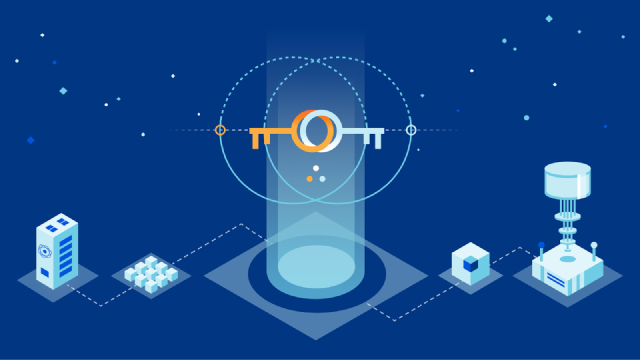Excerpt§
In this blog post, we explore the need for error control in the data link and transport layers of computer networks. We discuss various error detection and correction techniques used at each layer, highlighting their significance in ensuring reliable and accurate data transmission.
Reliable data transmission over networks requires robust error control mechanisms across multiple layers. Specifically, error detection and correction at both the data link and transport layers play critical roles in maintaining the integrity of communicated data. This post explores the purpose and techniques for error control in these two key network layers.
Error Control at the Data Link Layer§
The data link layer handles the node-to-node transfer of data frames between network nodes. Error control is vital here for:
- Detecting corrupted frames due to signal interference
- Enabling retransmission of damaged frames
- Avoiding propagation of errors to higher layers
Some data link layer error control techniques are:
Parity Checks§
Parity bits help detect errors by appending extra bits to form even or odd parity. The receiver checks parity to identify corruption. Simple and efficient for detecting single bit errors.
Checksums§
Checksums like Fletcher’s algorithm are computed over frames and added to detect changes. More reliable than parity against burst errors but require more processing.
Automatic Repeat Request (ARQ)§
ARQ protocols use acknowledgements and timeouts to trigger retransmission of dropped or corrupt frames. Common approaches include Stop-and-Wait and Sliding Window.
Forward Error Correction (FEC)§
FEC adds structured redundancy allowing recovery of errors without retransmission. Simple parity FEC can correct single bit flips.
Error Control at the Transport Layer§
The transport layer provides logical communication between nodes for processes. Error control here ensures:
- Reliable, in-order delivery of application data
- Recovering lost packets via retransmission
- Preventing propagation of errors to applications
Some key mechanisms include:
Checksums§
Transport layer checksums like TCP checksum verify packet integrity between nodes. More robust than data link checksums due to end-to-end verification.
Cyclic Redundancy Checks (CRC)§
CRCs offer stronger error detection than basic checksums when used in protocols like X.25. The CRC remainder provides a robust integrity check.
Retransmission and Error Recovery§
ARQ requires positive acknowledgment and timeouts to prompt resending of lost packets. Selective ACK and windowing improves performance over Stop-and-Wait.
Error Correction§
Forward error correction can reconstruct corrupted bits using hamming codes or other redundancy without retransmission.
Conclusion§
Effective error control employs the right combination of detection and correction suitable for each network layer. Lightweight methods like checksums and parity protect the data link while more robust end-to-end verification occurs at the transport layer. Together, these mechanisms provide reliable and accurate data transfer critical for service quality. Understanding the pillars of error control and their implementation across layers helps engineers architect resilient communication systems.















